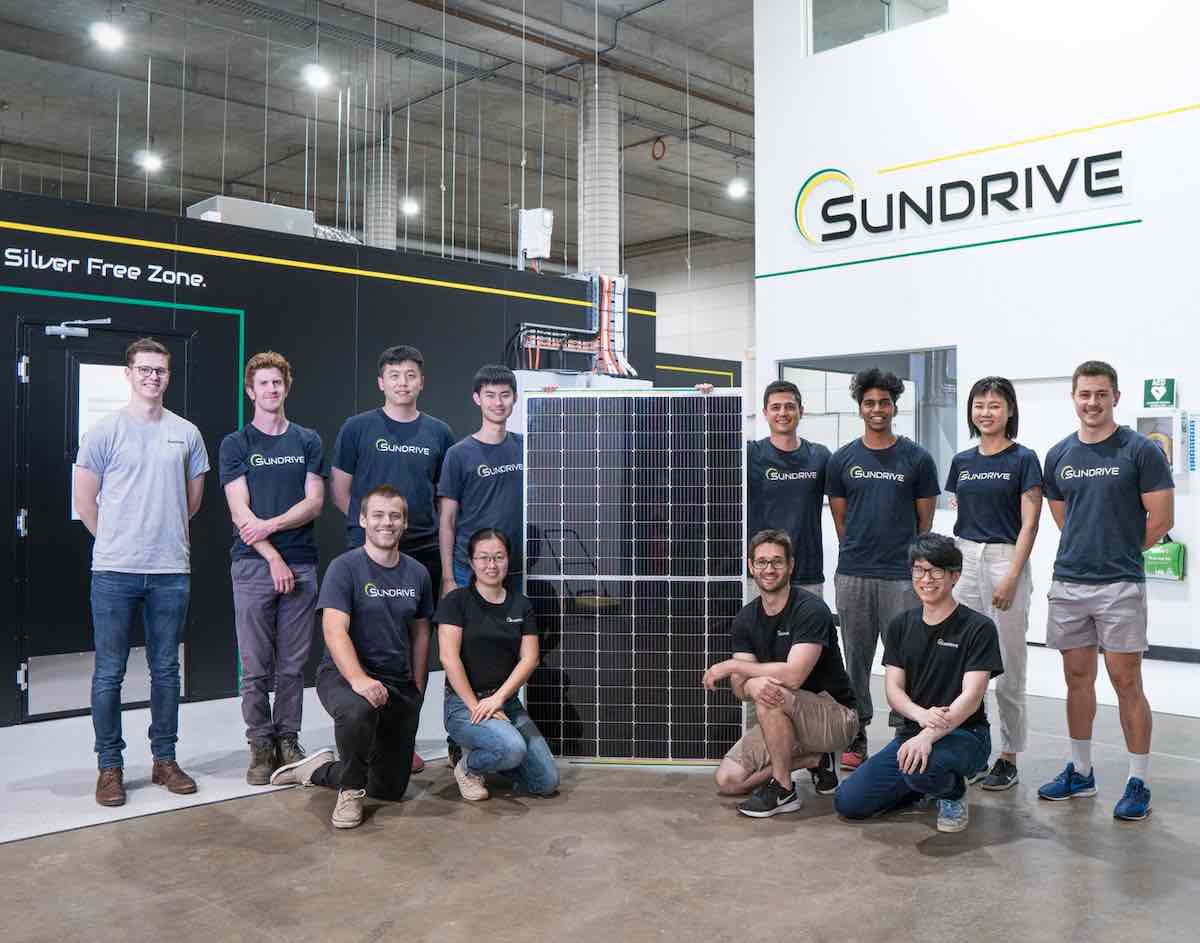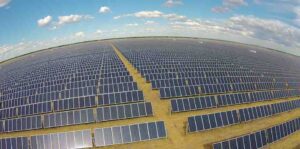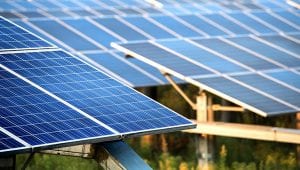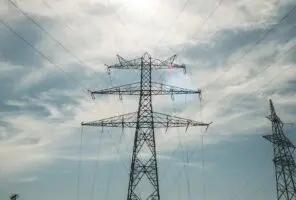Australia’s biggest coal generator AGL Energy has teamed up with local solar innovator SunDrive to explore the joint development of a “first of its kind” solar manufacturing facility at the site of AGL’s former coal power precinct in the New South Wales Hunter Region.
The memorandum of understanding between the two companies was announced on Thursday, alongside the unveiling of the federal government’s Solar Sunshot program, which pledges $1 billion in funding to support the establishment of a solar supply chain in Australia, including through production subsidies and grants.
For AGL, it is the latest in a series of deals the gentailer has signed as part of plans to transform the sites of its shuttered Liddell coal power station and Bayswater Power Station into a low carbon integrated energy hub.
The feasibility study with SunDrive will outline key infrastructure and engineering requirements and identify the regulatory approvals and licences necessary for the development, construction, and operation of a commercial-scale solar cell manufacturing facility in the Hunter Energy Hub Advanced Manufacturing Precinct.
The deal will also explore setting up an offtake agreement for AGL to purchase SunDrive’s solar panels, giving the Australian designed and made PV a direct line to the customers of one of the country’s largest solar distributors and installers.
“Our vision for the Hunter Energy Hub is to create a low carbon integrated energy hub – designed with circular economy principles – that brings together industries that can make a positive contribution to the energy transition,” said AGL managing director and CEO Damien Nicks, speaking at Liddell alongside prime minister Anthony Albanese and the federal and NSW energy ministers.
“Our partnership with SunDrive has the potential to deliver significant benefits for Australia’s energy transition. If successful we will create new jobs and careers in the renewables industry as together, we build a new solar manufacturing industry and hub right here in the NSW Upper Hunter region.
“Our Hunter Energy Hub will play an important role in supporting the workforce and economic transition in the region as we move to a lower carbon economy.”
It is a signficant move for AGL, and not just for the solar technology. Coal fired power station owners are being urged by the federal Coalition and right wing commentators to keep their plants open and wait for nuclear. The SunDrive deal shows just how far technologies and plans have moved on from that idea.
For SunDrive, the MoU with AGL builds on the company’s own vision of producing 5GW of Australian made modules a year, which got a major boost back in November from an $11 million federal government grant to scale up its solar cell production line to a commercial level.
The Sydney-based company, established by CEO Vince Allen during his PhD at UNSW and backed by high profile investors including Mike Cannon-Brookes, is developing a technology that uses copper for PV cell metallisation, instead of silver.
This novel approach aims to further cut the costs of making solar panels, given that copper is around one hundred times cheaper and one thousand times more abundant than silver – a swap the company says will result in an installed cost of solar that is 20-30% cheaper than other high-efficiency cells.
Last year’s Arena funding is being used to expand SunDrive’s technology from prototype scale, or 1.5MW a year, to commercial capacity of more than 100MW a year and to boost the company’s staff numbers to around 100 people at their existing manufacturing facility in Sydney’s south.
“SunDrive is exploring the opportunity of a facility at AGL’s Hunter Energy Hub thanks to the vision, skills and workforce of the region that are critical to achieving Australia’s renewable energy ambitions,” CEO Vince Allen in a statement on Thursday.
The company plans to manufacture its commercial-size solar cells at the manufacturing facility at AGL’s Hunter Energy Hub if the feasibility study is successful.
SunDrive own plans have included building factories that could produce up to 5GW of Australian made solar PV a year, targeting the premium rooftop market.
The plans, first set out last May, would start with a capacity production target 1GW, focusing on “cell metallisation” and modules. A second factory, lifting total capacity to 2GW, would focus on rooftop modules and would introduce cell production, including texturing and junction cells.
Both the MoU with AGL and the new promise of federal government production subsidies and grants bode well for SunDrive’s plans.
Other company’s likely to be watching today’s announcements with keen interest include Australia’s only PV module manufacturer, to date, Tindo Solar, which in January announced its own plans to build a “gigafactory” that could make up to 1.9 million panels a year starting as early as mid-2025 – given the right government support.
“Our business case for the development is based on reasonable estimates. We’ve done some early, informal work with parties that can support that and they support our estimates for the cost of a factory and land and other things,” Petterson told RenewEconomy.
Another Australian solar innovator, 5B, was quick to welcome the news of the new federal funding on Thursday, describing it as “a very positive development,” both for the company and for solar manufacturing.
“This clear action plan from the government will make innovative, locally manufactured solar technologies more scalable, for Australian manufacturers to meet the energy transition demand,” said 5B CEO David Griffin in a statement.
“Strategic policies like this have catalysed solar manufacturers in overseas markets, so we know how significant a boost it provides for home-grown companies like 5B.
“Ultimately, it offers customers more choice and access to innovative solar technologies, and the benefits of prefabrication, while enabling 5B to scale our manufacturing capabilities in Australia to meet multi-gigawatt scale demand for the 5B Maverick.
“More broadly, this strategic policy announcement will be an important accelerant in the race to ultra low-cost solar, which underpins the development of a globally competitive green hydrogen and green metals industry in Australia,” Griffin said.
“Manufacturing at scale allows local solar manufacturers like 5B to produce more units at a lower cost, and is a critical component in driving down the installed cost of renewables. You need ultra low-cost solar to produce globally competitive green hydrogen and green metals.”










